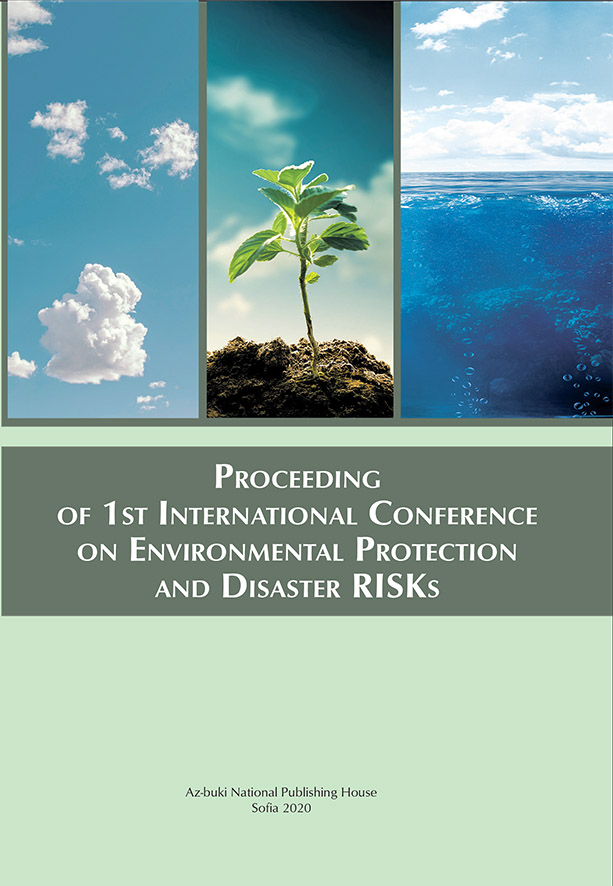How Well Do the Air Quality Models EMEP and CAMS Reproduce Particulate Matter Surface Concentrations in Bulgaria
How Well Do the Air Quality Models EMEP and CAMS Reproduce Particulate Matter Surface Concentrations in Bulgaria
Author(s): Hristina Kirova, Nadya Neykova, Emilia Georgieva
Subject(s): Economy, National Economy, Supranational / Global Economy, Business Economy / Management, Energy and Environmental Studies
Published by: Национално издателство за образование и наука „Аз-буки“
Keywords: chemical transport models; PM10; PM2.5; regular air quality observations; model validation; Bulgaria
Summary/Abstract: The main objective of this study is to evaluate the performance of some well-known and widely used operational air quality modelling systems (EMEP-MSC-W, and the models at the Copernicus Atmosphere Monitoring Service (CAMS)) for simulations of particulate matter in Bulgaria. The analysis is focussed on a summer month (August 2017) and includes comparison of model to observations from 24 regular air quality background stations, as well as model inter-comparison. Along with statistical indicators various graphs are used - box plots, kernel density estimations,and scatter plots. The spatial distribution is discussed upon maps of monthly mean concentrations and comparison of domain averaged model concentrations. The spatial distribution of PM10 is similar only over the Black sea. The highest domain mean surface concentrations are simulated by CAMS global – by about 12 % for PM10 and by about 14 % for PM2.5 higher than the other models.
- Page Range: 102-112
- Page Count: 11
- Publication Year: 2020
- Language: English
- Content File-PDF

